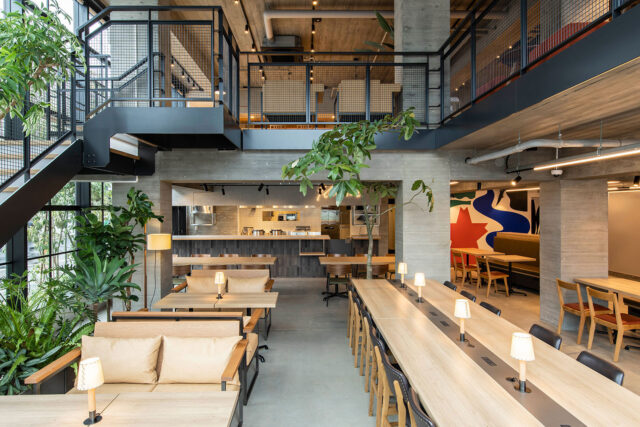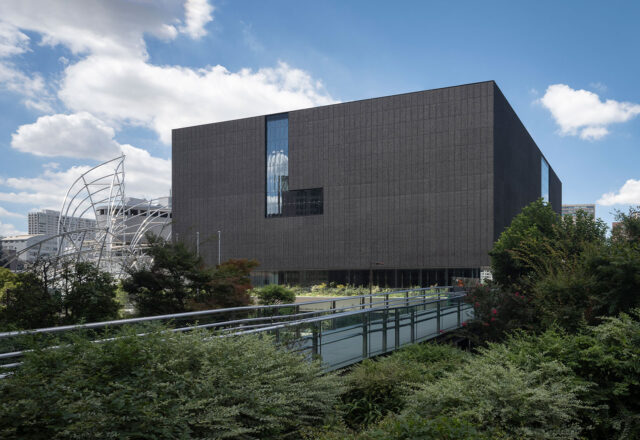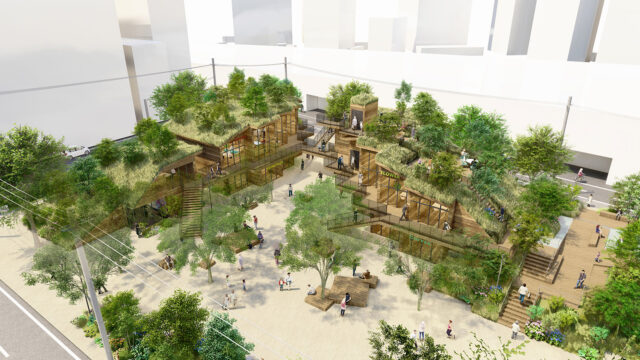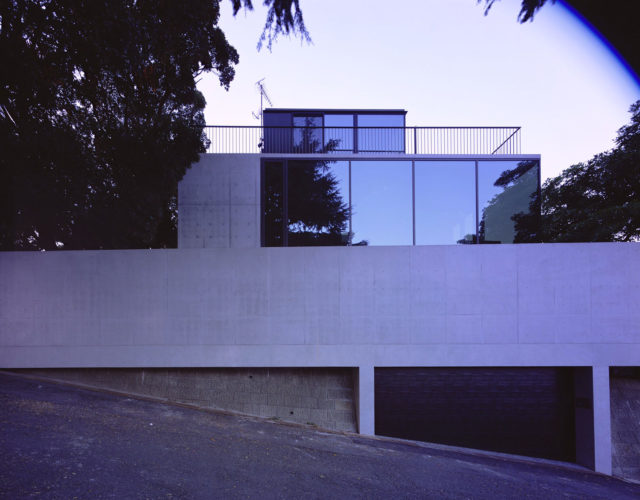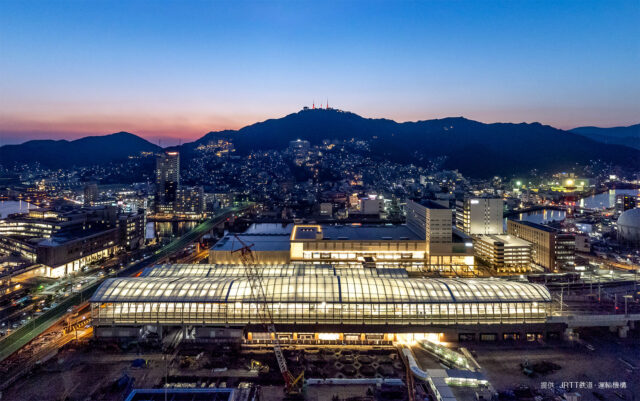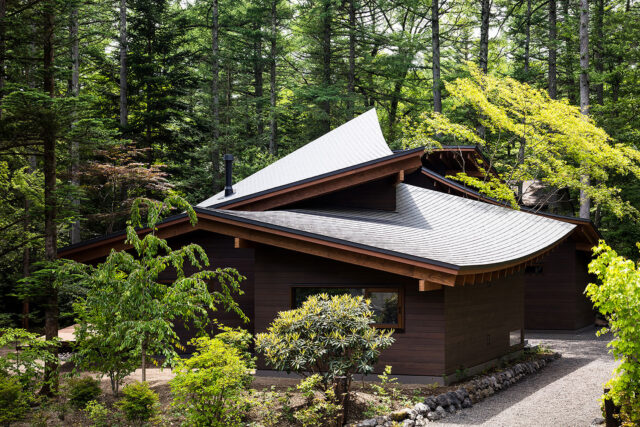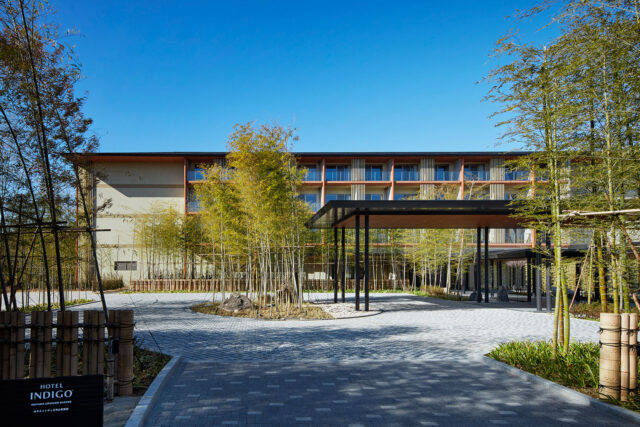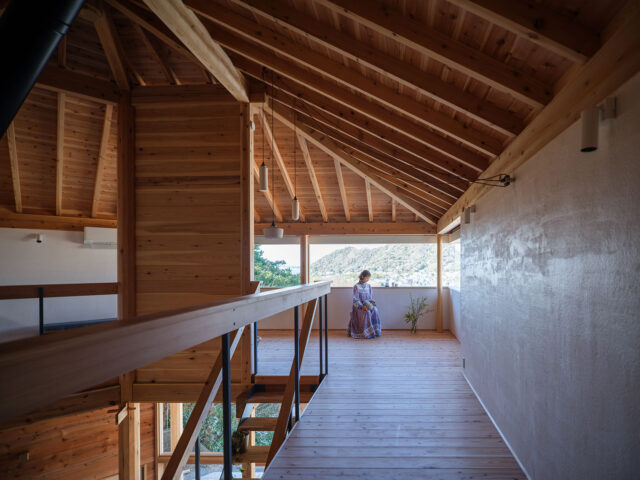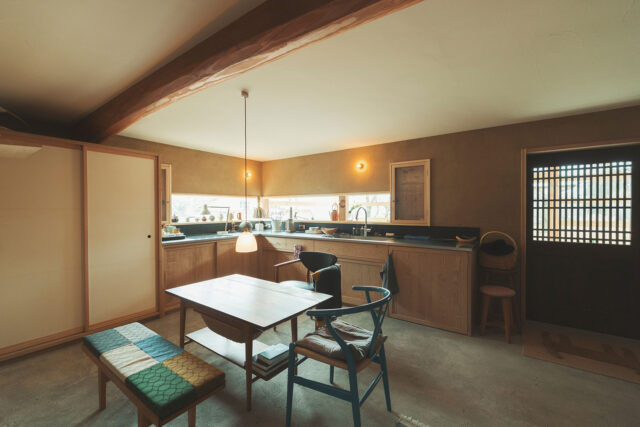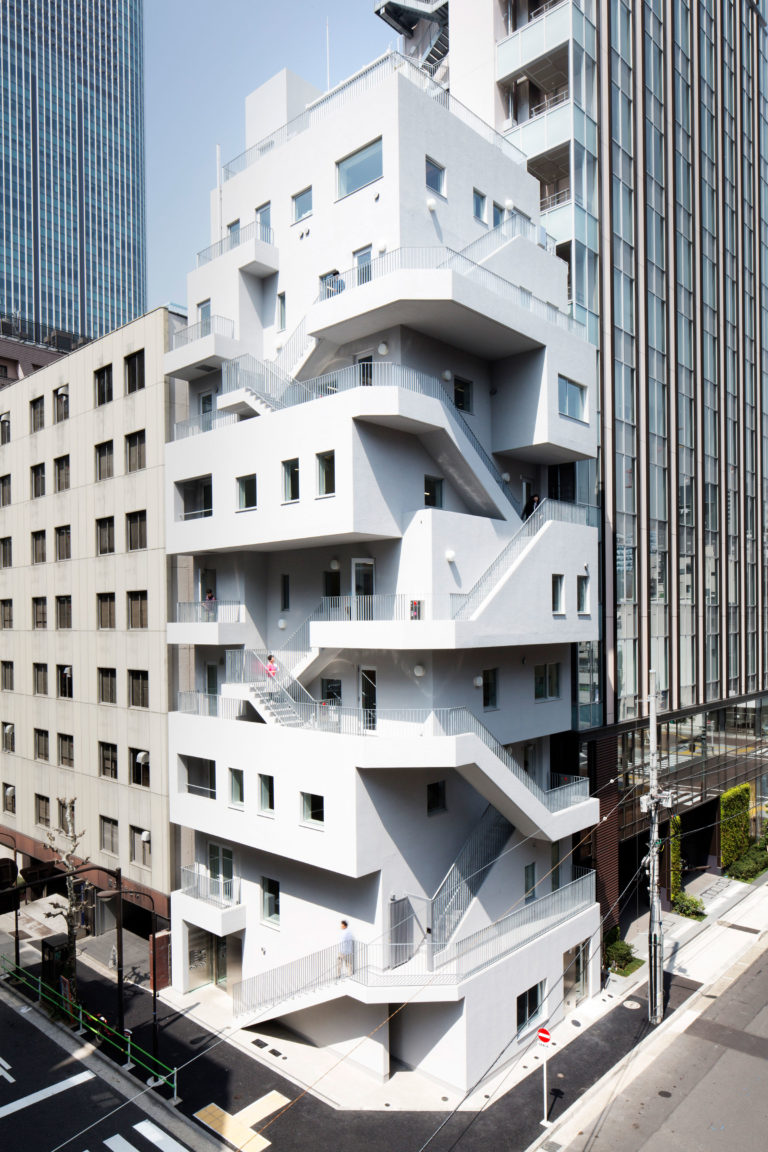OMAが制作した動画「Hospital of the Future」です。
Europe is known as the old continent. Current demographic trends may soon declare it the elderly continent. With the baby boomer generation gradually moving into retirement, the proportion of gainfully employed has decreased accordingly: in 1960, there were seven working-age persons for each one retired; in 2018, there were only three. As the post-war generation dwindles, the welfare state that served to define it is disappearing in tandem.
We may live longer, but we are by no means healthier. Increasingly, we face a different type of pathology: chronic ailments replace infectious diseases as the prevailing cause of morbidity and mortality. At the same time, Europe is running out of medical staff. By 2020, the EU will be short of 230,000 doctors, equivalent to 13.5% of its health needs. In a society where the elderly are likely to become the many, and caregivers become ever fewer, how are we going to take care of the next generations when they grow old or fall ill?
Will technological advancements save us? Will gene therapy, 3D printing of organs, artificial intelligence, 5G networks revolutionize healthcare, and by consequence the hospital building itself? Recent history makes a compelling case for skepticism: in attempting to keep up with the frenetic pace of research and development, any large hospital project is likely a casualty of its own eagerness to innovate: obsolescence upon completion…
What then, should the hospital of tomorrow be? Should it be an improved version of existing hospitals? Or, should it orient itself more widely and look at other buildings too – benign environments for people in general, irrespective of their medical condition? Should the hospital of the future be a building at all? Should the notion be expanded perhaps? What if we thought of the hospital of the future not as a finite architectural solution but as an urban project: a perpetual work in progress, a condition, much like the city itself – ubiquitous, ever-changing…





